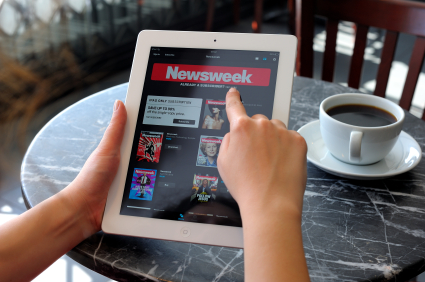We all hope to make the most of our marketing efforts, both online as well as in print. While it’s a necessity to have a strong online presence in this day and age, print media continues to flex its marketing muscle. While well-designed marketing materials can help bring your next content marketing piece, brochure or postcard from meh to wow, there are several additional steps you can put into action today to make your marketing efforts even more effective.
98% of marketers said better personalization would enhance the effectiveness of mail.
For starters, you could try adding an extra level of personalization to your marketing messages. According to a report conducted by Ricoh and the Direct Marketing Association (DMA), 98 percent of marketers said better personalization would enhance the effectiveness of mail, with 68 percent pointing towards image personalization as an innovation to improve its ROI. Getting to know your customers by providing useful content such as case studies and surveys can provide you with valuable data you can then use to match them to your products and services.
Focus on creating content marketing pieces that show the most potential for a return on your investment.
Thanks to research by the DMA, MarketingProfs and their partners, we’re able to tell that companies are pursuing content marketing more aggressively than in years past, but do content marketers know what types of content to create? As there is a wide range of options when it comes to content marketing, start by understanding your options and objectives before getting started on your next content piece. Note that not all forms of content marketing are created equal: some content marketing tactics are best suited to nurturing leads (a survey or white paper), while others are better suited to boosting your credibility (a video or podcast) or increasing your online search rankings (an article or blog post). As the price and difficulty of putting them into action also varies significantly, focus on creating content marketing pieces that show the most potential for a return on your investment.
A majority of U.S. adults (72%) prefer communication with companies to happen through email.
If you’re not currently using email and mobile marketing, you could be missing out on a low-cost yet highly effective way to engage with customers. According to MarketingSherpa, a majority of U.S. adults (72 percent) prefer communication with companies to happen through email. It shouldn’t be a surprise then that digital marketers rank email as their most effective marketing tactic. In fact, email is the only digital channel that outperforms old media standbys and is praised for having the highest ROI of any digital channel.
Share your thoughts and comments below!



